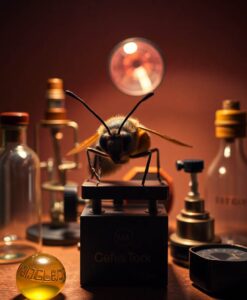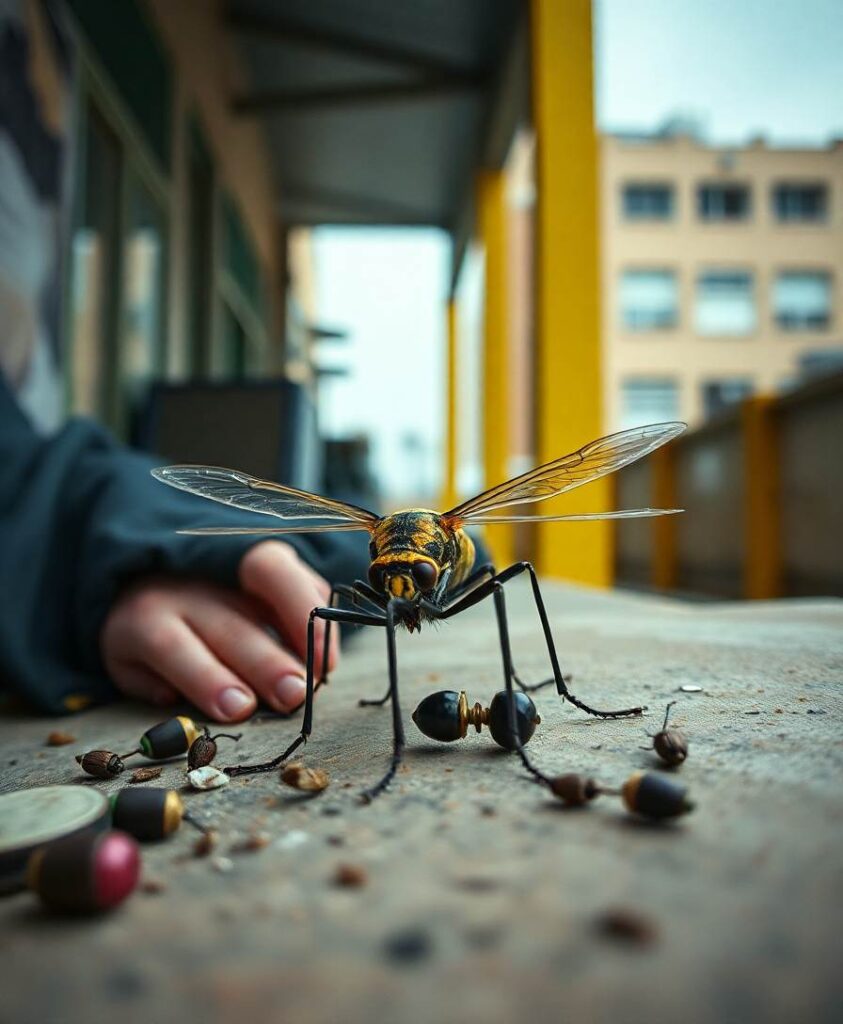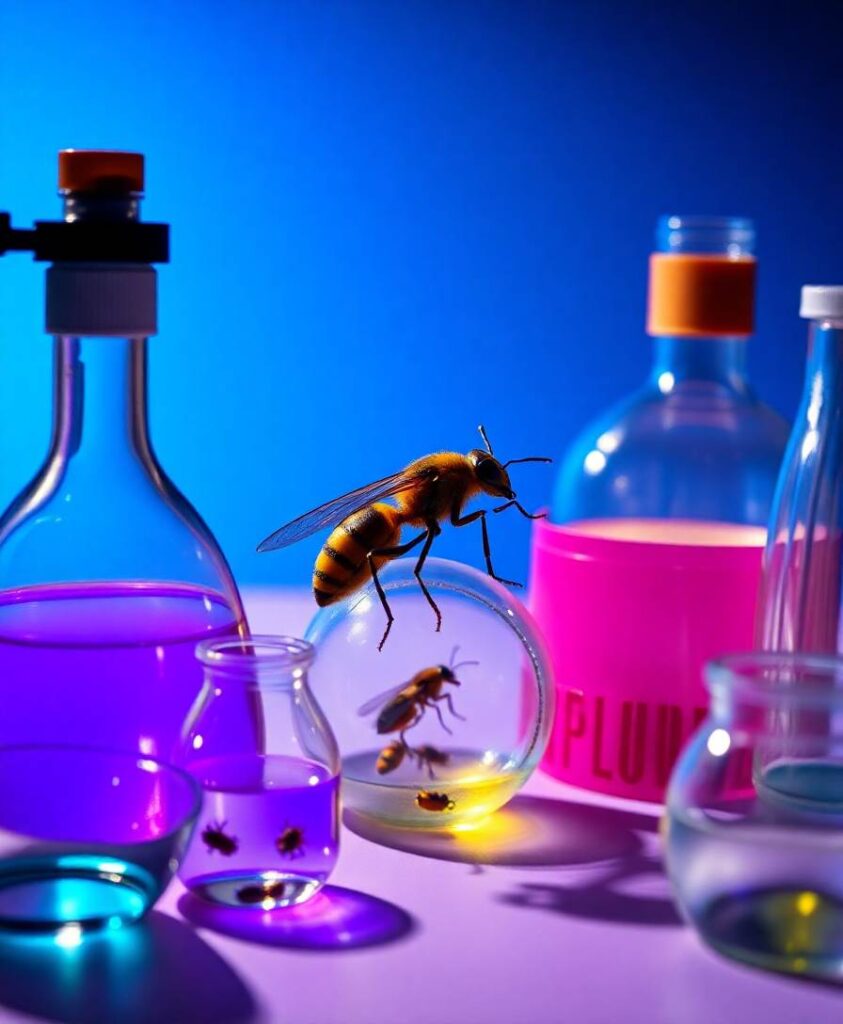Ant and bee colonies have long fascinated researchers as superorganisms that function with extraordinary precision. What’s groundbreaking about this research isn’t simply that these insects communicate, but that their communication channels involve more cognitive flexibility than scientists previously understood. Traditional models suggested their interactions were purely instinctive—hardwired genetic scripts playing out through chemical signals and ritualized movements.

The deeper story here is about adaptability and emergent intelligence. By revealing cognitive modulation in communication pathways, researchers are challenging fundamental assumptions about animal intelligence. These findings invite us to reimagine communication not as a fixed system, but as a dynamic process of mutual interpretation and learning. For anyone curious about how complex systems develop sophisticated coordination strategies, this research offers a window into nature’s remarkable problem-solving capabilities.
Social insects rely on multiple communication channels. These channels have traditionally been considered innate, eliciting stereotyped responses. However, recent research has shown that cognitive modulation occurs in communication contexts long assumed to be entirely genetically encoded, thus revealing a previously unrecognized cognitive plasticity in social insect communication.



